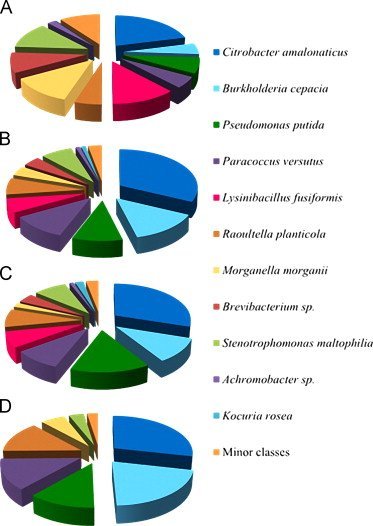KFU post graduates' article “Full-scale bioreactor pretreatment of highly toxic wastewater from styrene and propylene oxide” was published in Ecotoxicology and Environmental Safety.
Ecotoxicology and Environmental Safety is published by Elsevier, one of the four major publishing houses of the world. It focuses on integrated mechanistic research related to short- and long-term pathways and interactions of substances and chemical mixtures in environmental systems and subsystems on their bioavailability, circulation, and assimilation in target organisms, as well as biological responses of these organisms, and damage mechanisms (endocrine disruption, genotoxicity); and on their subsequent fate in the food chain, including humans. Impact factor 2.715
The impact factor (IF) of an academic journal is a measure reflecting the average number of citations to recent articles published in the journal. It is frequently used as a proxy for the relative importance of a journal within its field, with journals with higher impact factors deemed to be more important than those with lower ones. The impact factor was devised by Eugene Garfield, the founder of the Institute for Scientific Information. Impact factors are calculated yearly starting from 1975 for those journals that are indexed in the Journal Citation Reports.
The writing team included postgraduates and professors of KFU:, Tatiana Grigoryeva, Alexander Laikov, Ruslan Devjatijarov , and Olga Ilinskaya.
Linh Dao, corresponding author, postgraduate of the KFU Institute of Fundamental Medicine and Biology, said it was the first research about a microbial community cleaning up highly toxic and extremely concentrated wastewater from styrene and propylene oxide.
- There are few researches on the microbial communities, but there was a lack of works about the potential of a microbial community able to clean so organically loaded wastewater. 
He article provides chemical, toxicological and microbiological characteristics of wastewater from styrene and propylene oxide.
- We created a microbial community in a full-scale pretreatment bioreactor for this wastewater and identified dominating isolates that mainly contribute to the pretreatment. The results we had received showed that the given wastewater has extremely high concentration of organics and is highly toxic.
 In previous works on the petrochemical wastewater biological pretreatment and microbial communities, researchers dealt with less polluted and toxic wastewater.
In previous works on the petrochemical wastewater biological pretreatment and microbial communities, researchers dealt with less polluted and toxic wastewater.
- We wondered what bacteria able to survive in such severe environment exist in our microbial community.
Besides, we have discovered that the number and biological diversity of microorganisms in the given reactor is quite high. It is a very interesting phenomenon as normally such wastewater includes less microorganisms and the diversity is usually lower. We have noticed that highly concentrated wastewater became 88% detoxified.
More information
Title Full-scale bioreactor pretreatment of highly toxic wastewater from styrene and propylene oxide production
Abstract
The wastewater originating from simultaneous production of styrene and propylene oxide (SPO) is classified as highly polluted with chemical oxygen demand level in the range 5965 to 9137 mg L−1—as well as highly toxic. The dilution factor providing for a 10 percent toxic effect of wastewater samples in a test with Paramecium caudatum was 8.0–9.5. Biological approach for pretreatment and detoxification of the wastewater under full-scale bioreactor conditions was investigated. The number of suspended microorganisms and the clean up efficiency were increased up to 5.5–6.58×108 CFU mL−1 and 88 percent, respectively during the bioreactor's operation. Isolates in the Citrobacter, Burkholderia, Pseudomonas, and Paracoccus genera were dominant in the mature suspended, as well as the immobilized microbial community of the bioreactor. The most dominant representatives were tested for their ability to biodegrade the major components of the SPO wastewater and evidence of their role in the treatment process was demonstrated. The investigated pretreatment process allowed the wastewater to be detoxified for conventional treatment with activated sludge and was closely related to the maturation of the bioreactor's microbial community.